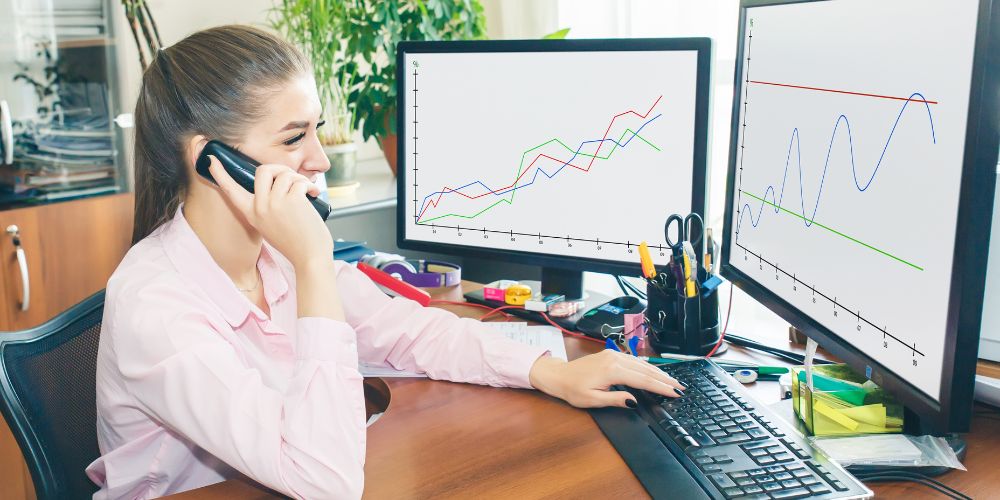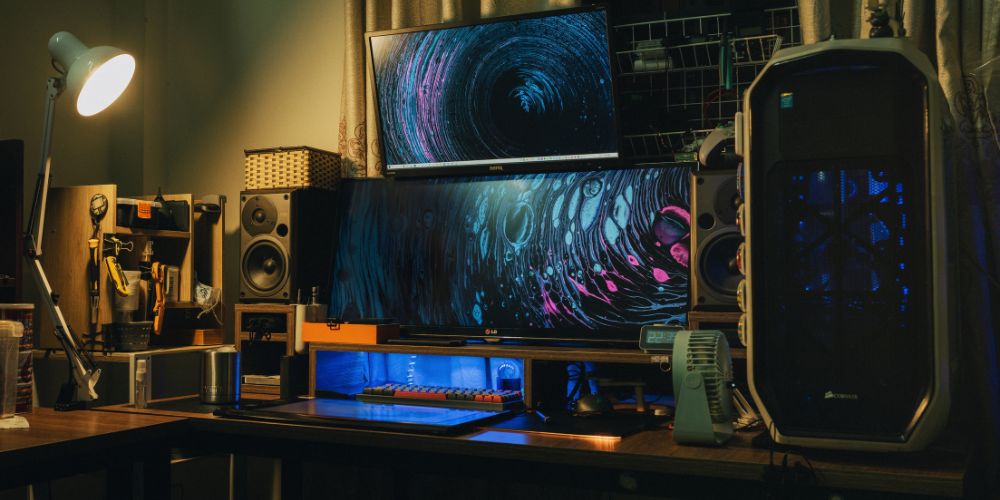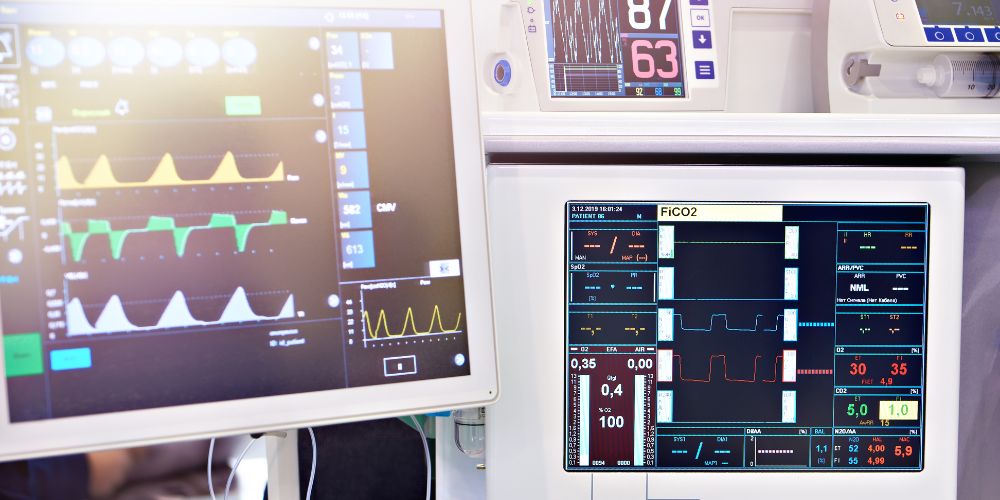Overview
There are a few things you can do to stop your monitor from going to sleep while you’re working if you’re sick of it happening. To keep your monitor active, first examine your computer’s power settings and make any adjustments.
To keep your computer active, you can also try moving the mouse or pressing a key on the keyboard every few minutes. Downloading a third-party app that stops your screen from going to sleep is an additional choice.
Finally, to ensure optimal performance, make sure the drivers and firmware for your display are current.
How to Prevent Monitor from Going to Sleep
Adjusting power settings
The first and most crucial step is to check the power settings on your computer. You may do this in Windows by selecting Control Panel > Power Options. A list of power plans, including Balanced, Power Saver, and High Performance, are displayed below.
Click the “Change plan settings” button after selecting the one you are presently using. After that, select the link that says “Change advanced power settings” to see the Power Options dialog box.
If you wish to keep your monitor on all the time, look for the “Turn off display” option and set it to a greater setting, such as “Never” or “30 minutes.” To save the changes, click “OK”.
Moving mouse or pressing key
Moving your mouse or pressing a keyboard key every few minutes is another technique to stop your monitor from going to sleep. Your computer will remain active and avoid going into sleep mode as a result.

To keep your computer active, you can also employ a piece of software that mimics mouse movements and keystrokes. When downloading huge files or performing backups, for example, these apps come in very handy because they require your computer to be active for an extended period of time.
Using third-party app
Use a third-party app to stop your monitor from going to sleep if you don’t want to fiddle with your power settings or move your mouse all the time. This is possible with a variety of both free and paid applications, including Caffeine, Mouse Jiggler, and Insomnia.
To stop your computer from going into sleep mode, these apps simulate human movement, like moving the mouse or pushing a key, at regular intervals. You may also change the frequency and length of the simulated activity using some apps.
Updating firmware and drivers
Last but not least, it’s critical to confirm that the drivers and firmware for your monitor are current. Drivers are software programs that enable communication between your computer and your display, whereas firmware is the software that runs on the hardware of your monitor.
Your display may not operate properly due to compatibility problems brought on by outdated firmware and drivers. Visit the manufacturer’s website and download the most recent firmware and monitor drivers for your monitor to update them. To install the updates, adhere to the manufacturer’s instructions.
Third-party Apps that Can Prevent Monitor from Going to Sleep
- Caffeine: Caffeine is a free app for Windows and macOS that simulates user activity to prevent your computer from entering sleep mode. Once activated, Caffeine creates an icon in your system tray. Clicking on the icon will toggle Caffeine on and off.
- Mouse Jiggler: Mouse Jiggler is another free app for Windows that simulates mouse movement to keep your computer active. It offers several options for customizing the jiggle interval and type of movement.
- Insomnia: Insomnia is a free app for macOS that prevents your computer from entering sleep mode when it’s closed or inactive. It also offers several options for customizing the sleep behavior, such as disabling sleep only when certain apps are open.

- Amphetamine: Amphetamine is a free app for macOS that allows you to keep your computer awake for a specified amount of time. It offers several options for customizing the time and behavior, such as keeping your computer awake only when certain apps are open
FAQs
1. Why does my monitor keep going to sleep?
Your monitor may be going to sleep due to your computer’s power settings, which are designed to conserve energy when your computer is not in use. Other factors that can cause your monitor to go to sleep include outdated drivers or firmware, or a hardware issue with your monitor.
2. Can I prevent my monitor from going to sleep automatically?
Yes, you can prevent your monitor from going to sleep by adjusting your computer’s power settings, moving your mouse or pressing a key every few minutes, using a third-party app, or updating your monitor’s firmware and drivers.
3. Will preventing my monitor from going to sleep affect its lifespan?
Preventing your monitor from going to sleep should not affect its lifespan. However, keeping your monitor on for extended periods of time can cause it to generate more heat, which may affect its performance over time.
4. Can I use a screensaver instead of preventing my monitor from going to sleep?
While screensavers can be visually appealing, they do not prevent your monitor from going to sleep. In fact, many modern monitors are designed to turn off automatically when they are not in use, regardless of whether a screensaver is active or not.
Conclusion
We’ve talked about a number of ways to stop your monitor from going to sleep, including changing the power settings, moving the mouse or clicking a key, using a third-party program, and updating drivers and firmware.
These methods will help you make sure that your monitor remains active and functional for however long you require it to. You may avoid distractions, save time, and increase your productivity by keeping your monitor from going to sleep.
You can therefore keep your monitor alert and focused on the job at hand whether you are working on a crucial assignment, watching a movie, or playing a game.



